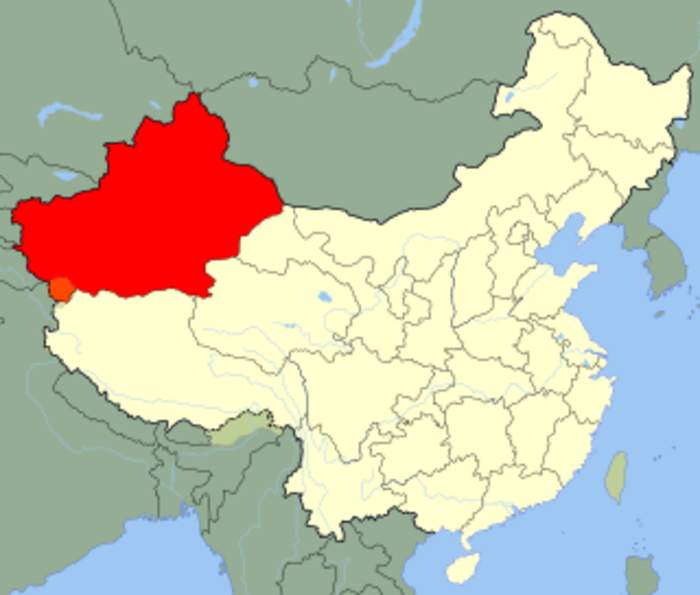East Turkestan
Historical Province in Central Asia
East Turkestan ▸ Facts ▸ Comments ▸ News ▸ Videos

East Turkestan is a loosely defined geographical and historical region in the western provinces of the People's Republic of China, which varies in meaning by context and usage. The term was coined in the 19th century by Russian Turkologists, including Nikita Bichurin, who intended the name to replace the common Western term for the region, Chinese Turkestan, which referred to the Tarim Basin in the southwestern part of Xinjiang during the Qing dynasty. The medieval Persian toponym "Turkestan" and its derivatives were used by the local population as early as the 7th century. Historical manuscripts, dating back to the 7th and 9th century, found in the Turpan and Khotan regions, show that the name Turkestan was used to describe the region. The opening of the 11th century literary work Kutadgu Bilig by Kara-Khanid statesman Yusuf Khass Hajib also describes the region as Turkestan. Beginning in the 17th century, Altishahr, which means "Six Cities" in Uyghur, became the Uyghur name for the Tarim Basin. Uyghurs also called the Tarim Basin "Yettishar," which means "Seven Cities," and even "Sekkizshahr", which means "Eight Cities" in Uyghur. Chinese dynasties from the Han dynasty to the Tang dynasty had called an overlapping area the "Western Regions". The parts of this area conquered by the Manchu Qing Dynasty were termed "Xinjiang" from the 18th century on.
| 0 shares | ShareTweetSavePostSend |
You Might Like
No news matches foundSorry, we were unable to find any results in our database for your queryFree news archive accessDid you know? You are eligible to search our news archive with millions of news references free of charge. To do this, please sign in first at the top of the screen. • Information about free access to our news archive Search this site and the web:  |
